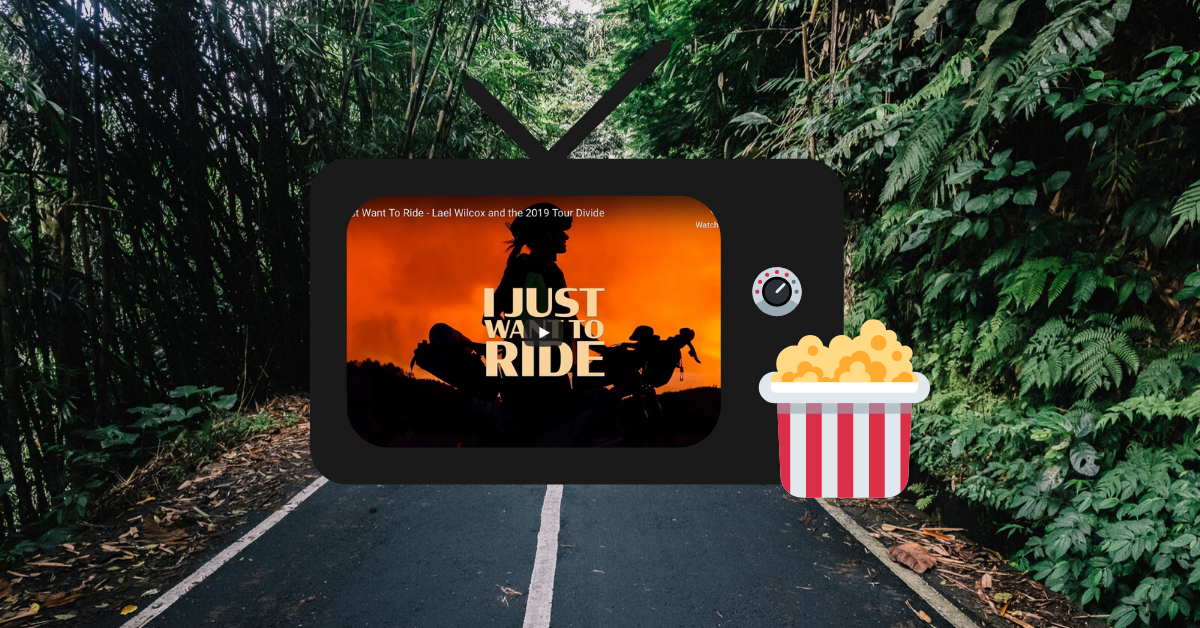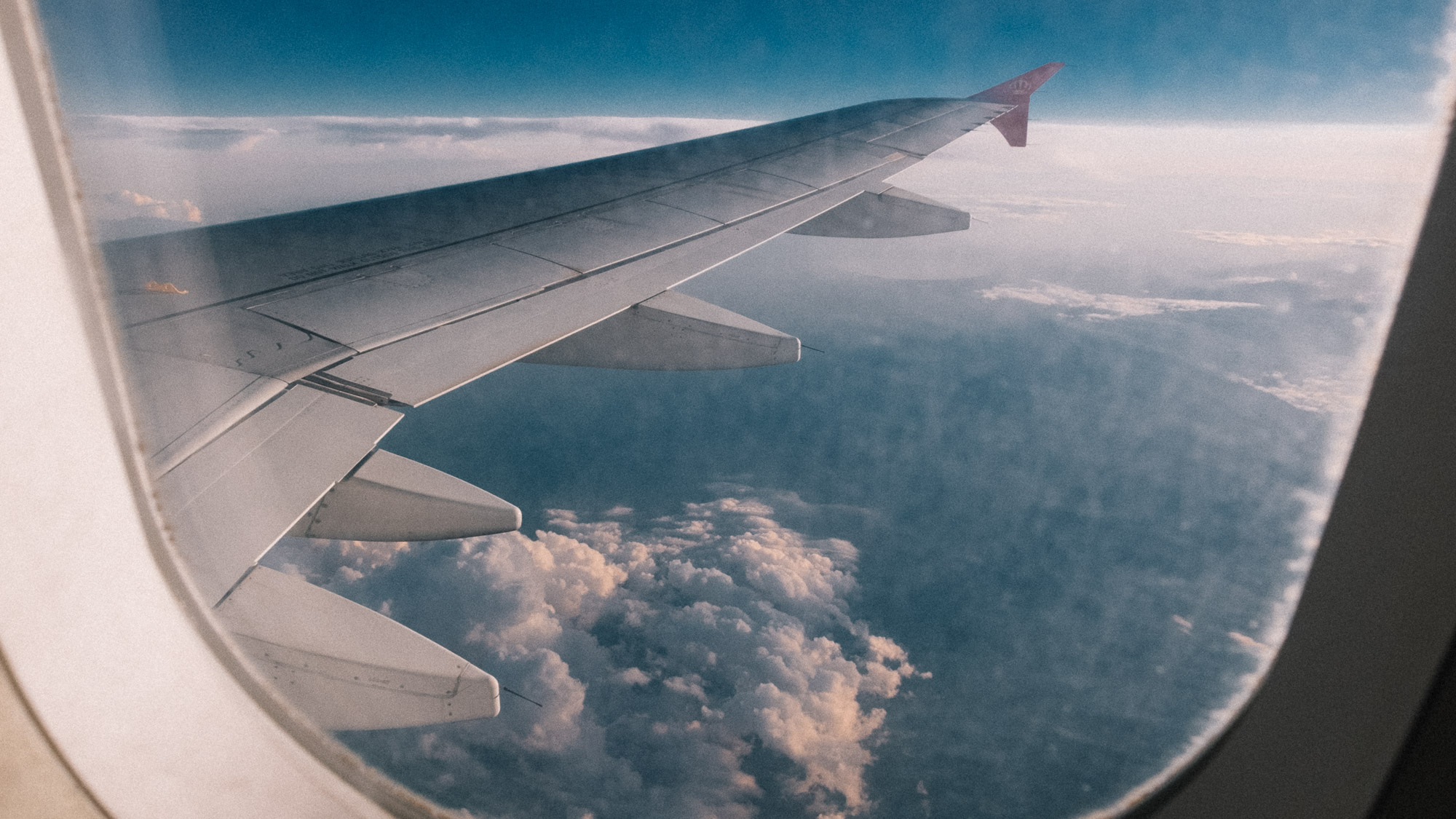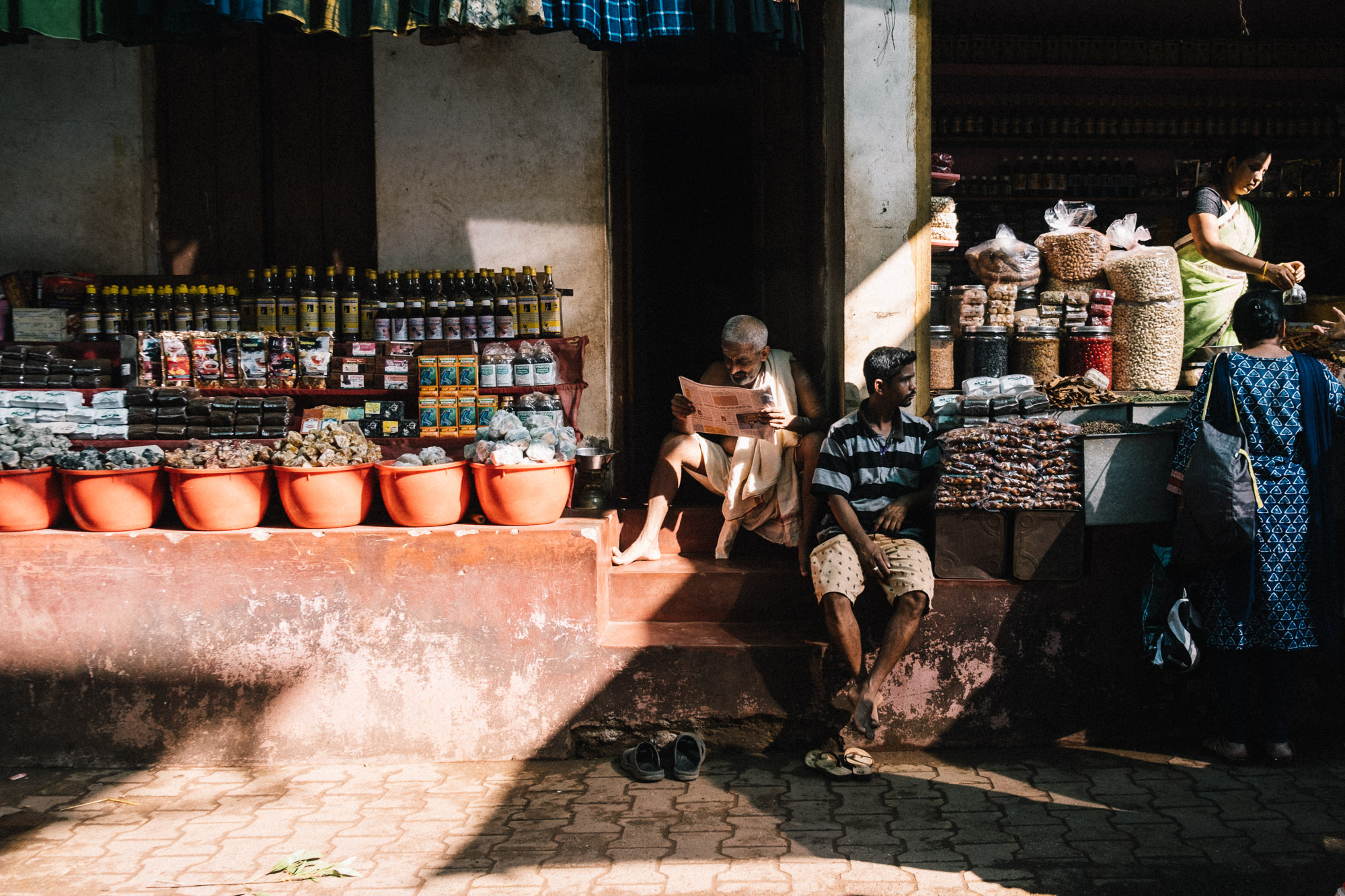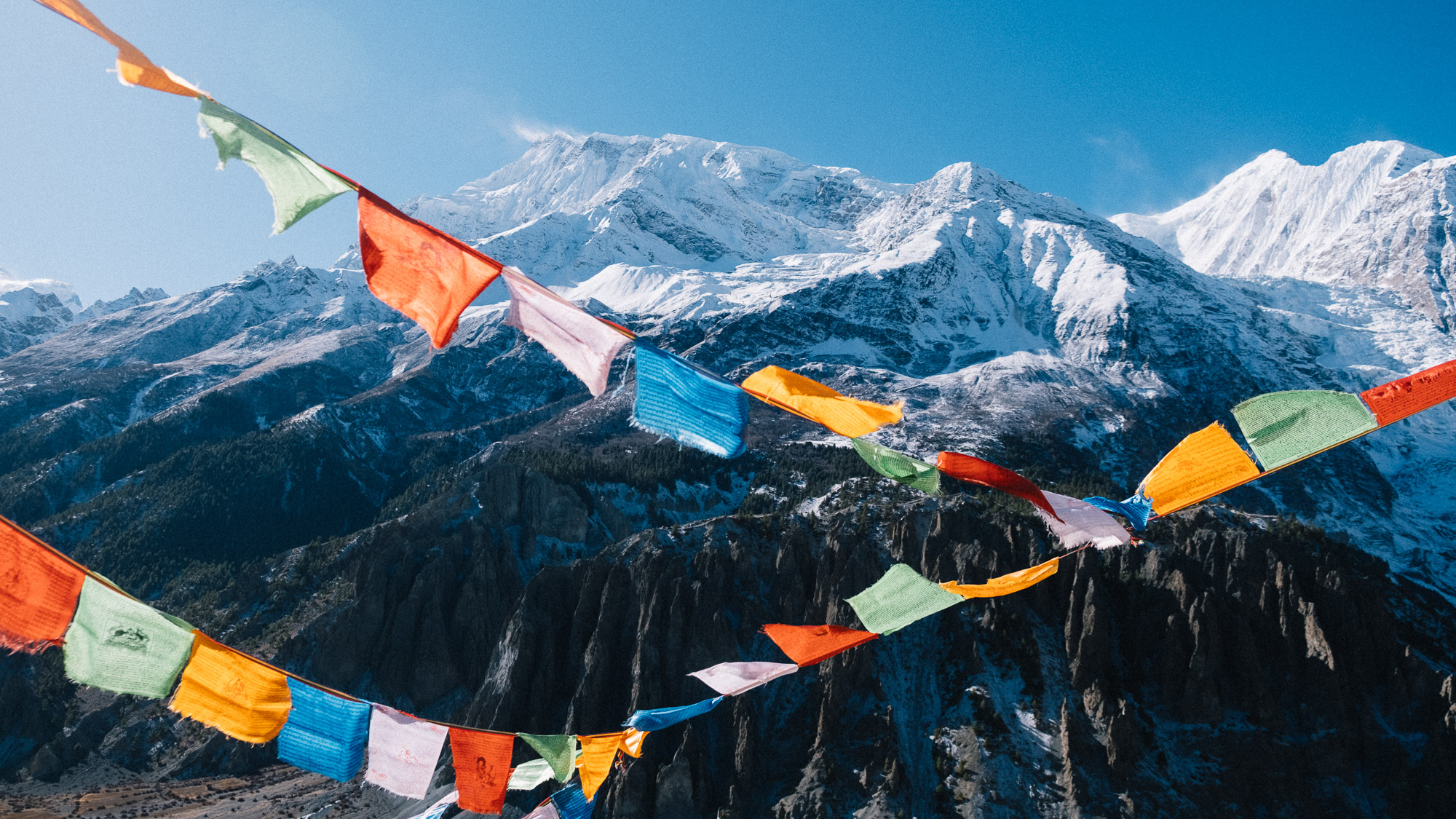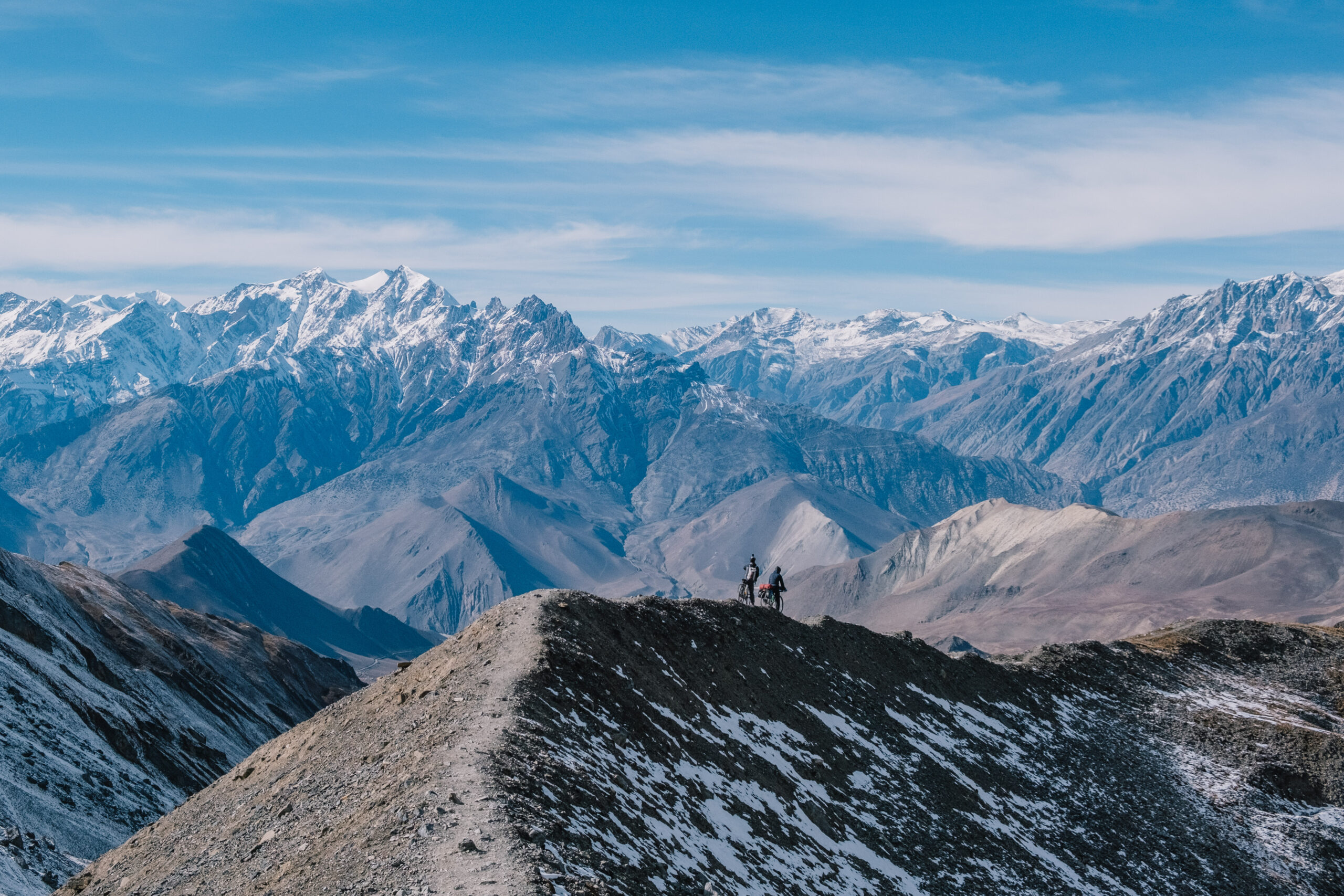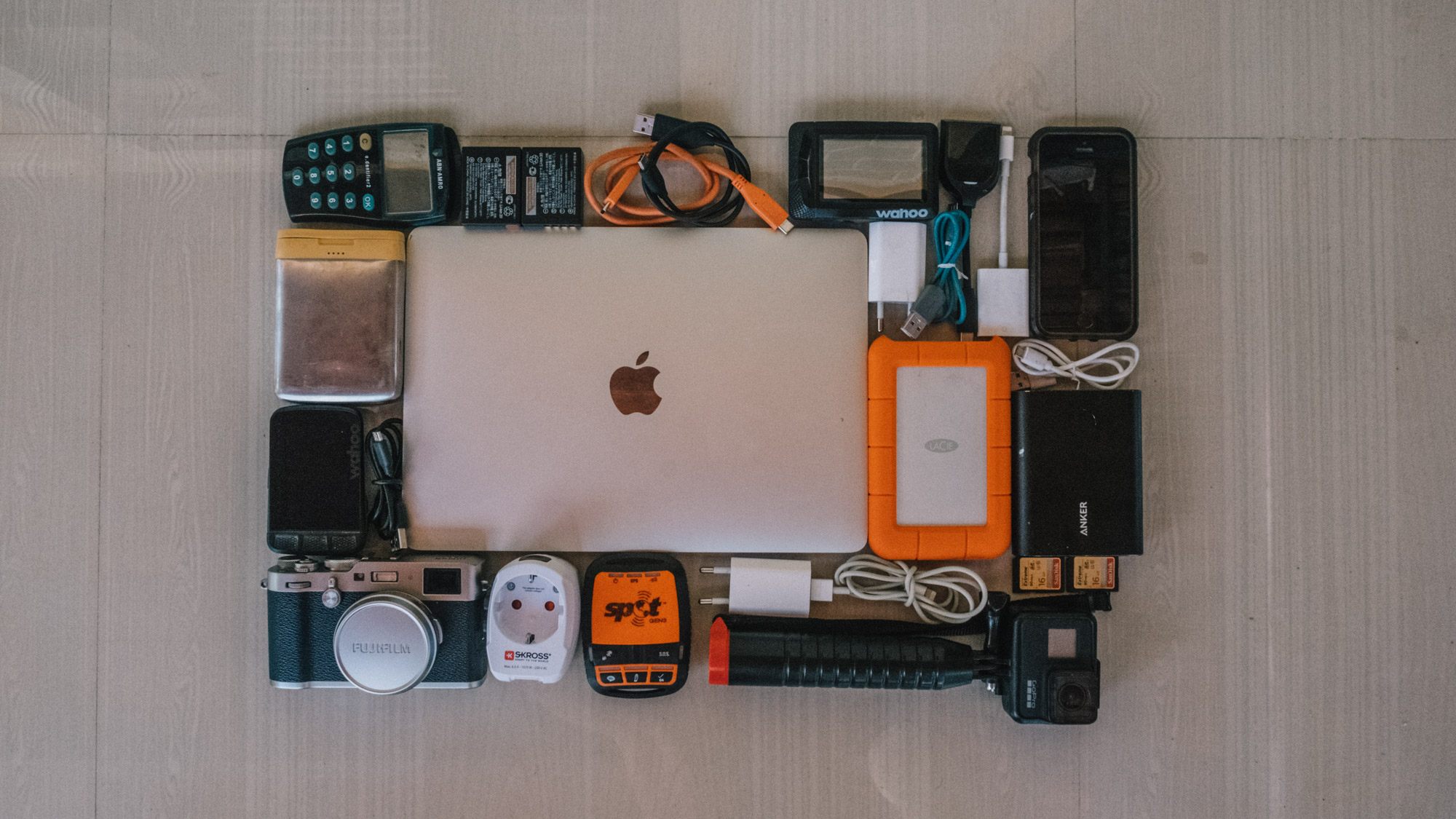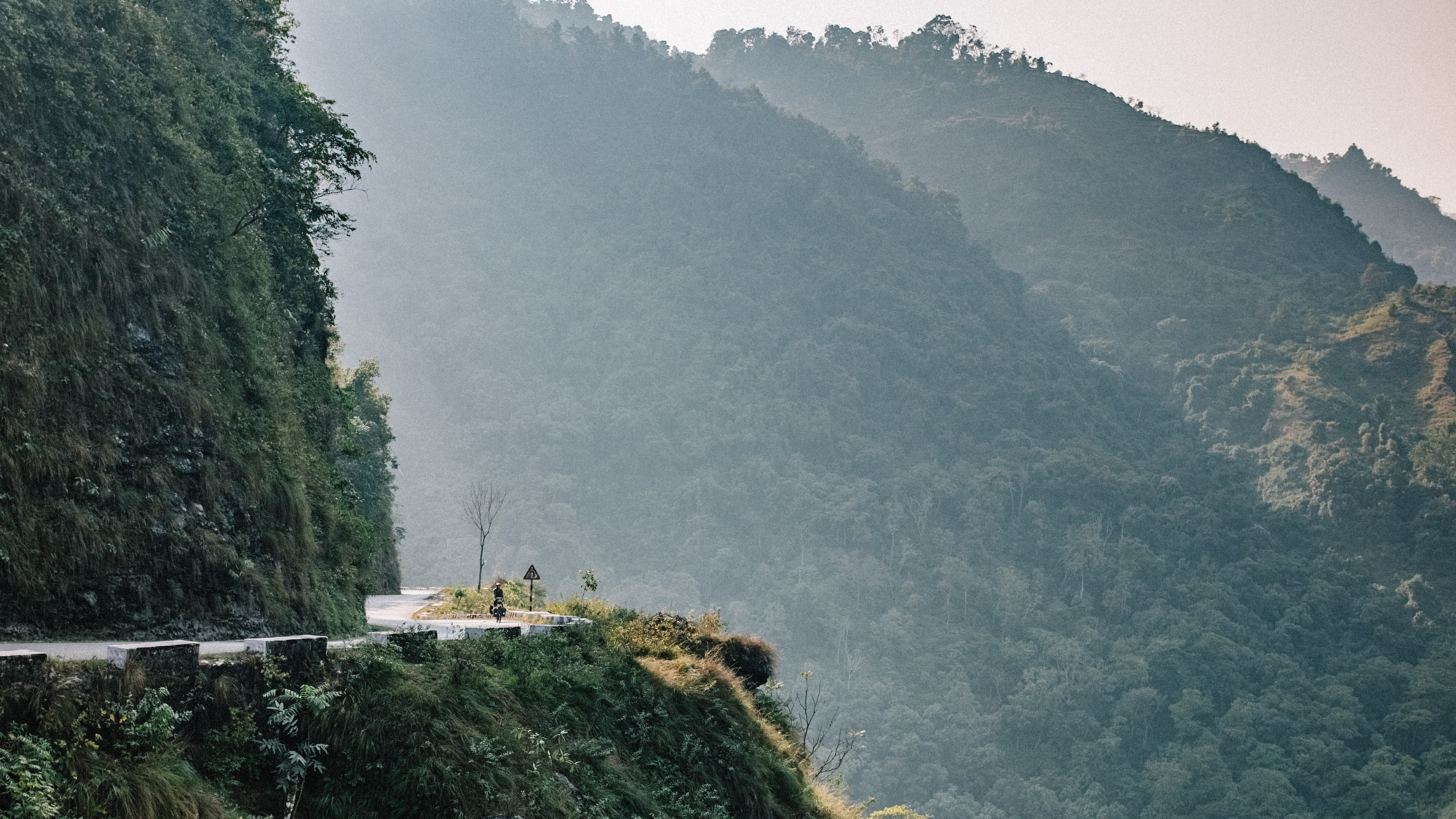Robin & Sabina
-
Railing away from Mumbai to South India
A bustling cosmopolitan with food to die for. Pristine beaches and calm and tranquil backwaters. The city of Mumbai and the Southern Indian states surprised us in so many ways. This should be your next holiday destination.
Written by
-
Hiking along the high peaks of Nepal
After six months of dragging around our heavy hiking boots, we were finally able to put them to good use. Our next Himalayan adventure would be on foot. Hiking the Manaslu circuit trek.
Written by
-
Cycling in Nepal – Bikepacking the Annapurna Circuit Trek
The Annapurna Circuit Trek is one of the world’s most beautiful high altitude hiking trails. It winds through some of the world’s tallest mountains in the breathtaking Himalaya’s. We cycled over dirt roads, climbed along steep cliffs and pushed our bikes over the snow covered Thorung La pass, the highest hiking pass in the world.
Written by
-
A look at our gadgets
The heaviest bag we drag around on our bicycles is probably the bag with electronics. We love to take and edit photos, write and share stories, listen to music whilst cycling long stretches and of course navigate our way towards Japan. For all of these activities these are the accessories we use and love.
Written by
-
Nepali tigers and more dangerous drivers
Nepal is a land of discovery with rich ancient cultures and eight of the ten highest mountains in the world. But we were not the first to discover this poor and simultaneously wealthy country. Tourism is the largest industry, pumping big bucks in the economy, but bicycle tourists are still quite rare. Immediately as we…
Written by
-
India: Chaos and five bicycles stuck in the middle
India is not the first country that comes to mind on a bicycle tour around the world. But we were drawn to the culture, the cuisine and the warm climate. We were looking forward to all the chaos, which somehow always seems to work out exactly how it was supposed to. We’re just not sure…
Written by
